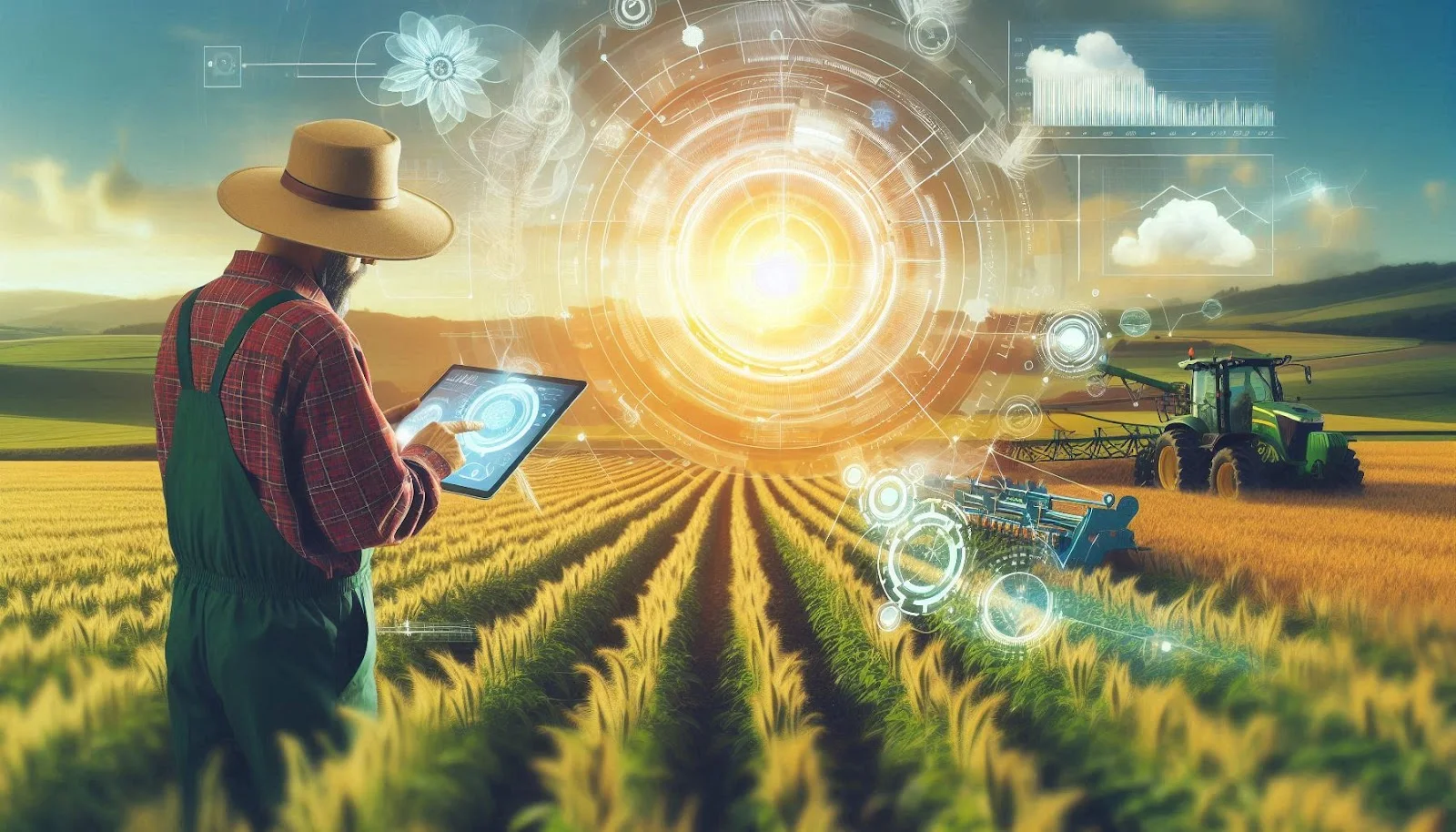Precision agriculture, also known as precision farming, is an innovative farming management concept utilizing technology to monitor and manage field variability in crops. By integrating advanced technologies such as GPS, IoT devices, drones, and data analytics, farmers can optimize their resources and enhance productivity. This approach goes beyond traditional farming methods by enabling data-driven decisions that cater to specific needs of crops, soil types, and environmental conditions. The goal of precision agriculture is to improve crop yield while minimizing waste and reducing environmental impact. As the global population continues to grow, adopting precision agriculture is crucial to ensure food security and sustainable farming practices.
The Core Principles of Precision Agriculture
At its essence, precision agriculture revolves around the strategic use of data and technology in farming. The first core principle is data collection, which involves gathering information from various sources such as satellite imagery, soil sensors, and weather patterns. This data provides farmers with insights into soil health, moisture levels, and pest activity, enabling them to make informed decisions. The second principle is data analysis, where sophisticated algorithms process the collected data to generate actionable insights. Farmers can analyze this data to determine optimal planting times, irrigation schedules, and fertilization needs. Lastly, the precision application of inputs ensures that resources are deployed efficiently, targeting specific areas of a field rather than applying uniform treatments. This tailored approach not only maximizes productivity but also conserves resources and minimizes environmental impact.
Technological Innovations in Precision Agriculture
The technological advancements driving precision agriculture are diverse and continually evolving. One of the most significant innovations is the use of drones, which provide aerial imagery and real-time monitoring of crop health. Drones equipped with multispectral cameras can detect variations in crop vigor, allowing farmers to identify stressed areas that may require attention. Furthermore, GPS technology plays a crucial role in mapping fields and guiding machinery for precise planting, irrigation, and harvesting. Soil sensors that monitor nutrient levels and moisture content have also become indispensable tools, offering farmers real-time data that enhances decision-making. Additionally, data management platforms integrate various data sources, streamlining the process of interpreting complex datasets and visualizing farm operations. Together, these technologies empower farmers to optimize their practices, leading to increased efficiency and sustainability.
Environmental Benefits of Precision Agriculture
Precision agriculture is not only beneficial for farmers; it also supports environmental sustainability. By implementing precise application methods, farmers can reduce the overuse of fertilizers and pesticides, thereby decreasing runoff into water systems and minimizing chemical exposure to ecosystems. This targeted approach means that inputs are applied only where they are needed, significantly reducing waste and promoting healthier soil. Moreover, precision irrigation technologies, such as drip and automated systems, help conserve water by delivering it directly to plant roots, minimizing evaporation and runoff. This resource-efficient method is vital, especially in arid regions where water scarcity is a pressing issue. Ultimately, the ecological gains made through precision agriculture contribute to preserving biodiversity and promoting a balanced ecosystem, aligning agricultural practices with the overarching goals of environmental stewardship and sustainability.
